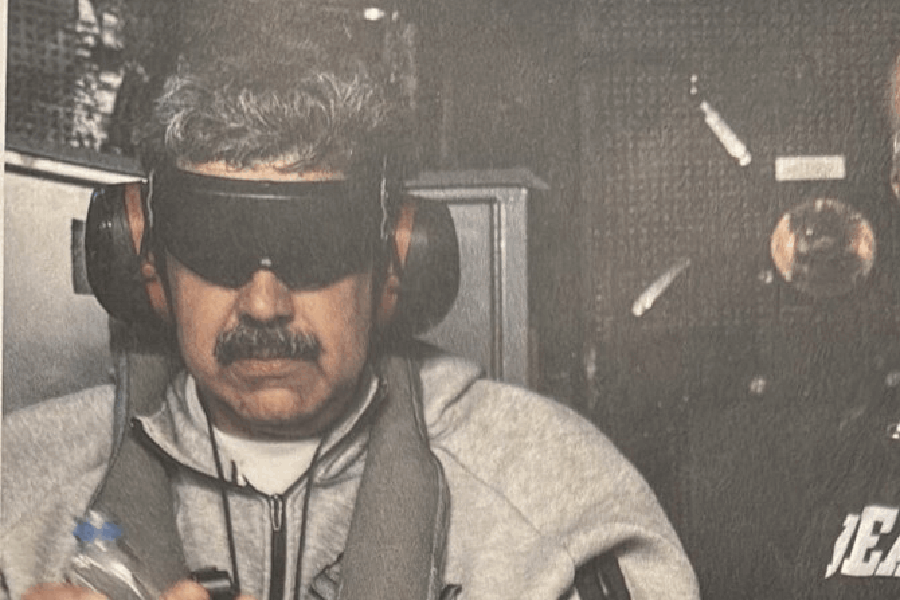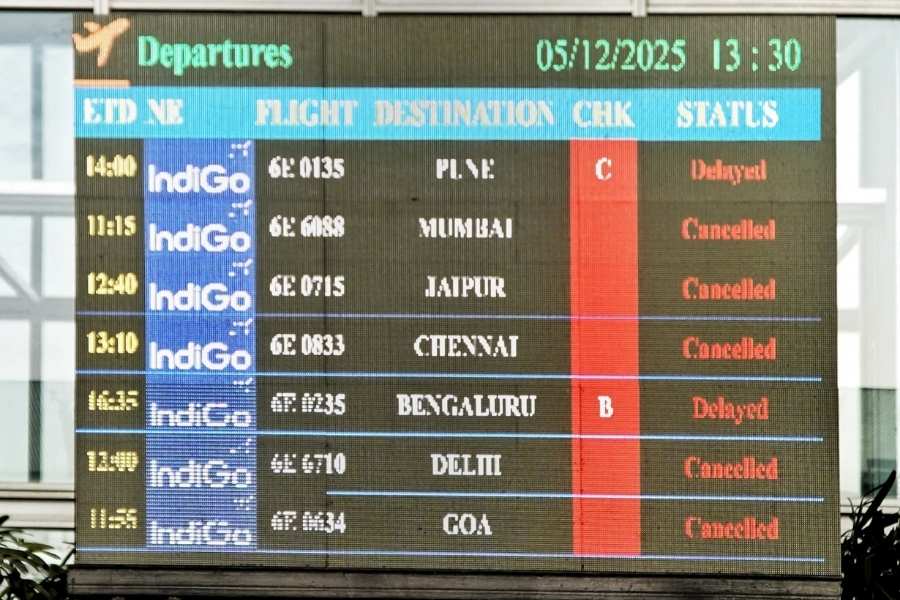.jpg)
The driving experience in India is set for a dramatic change in the next decade or so — possibly the biggest transition since the introduction of the motor car itself. After over a century of driving vehicles powered by internal combustion engines burning petrol or diesel, Indian roads will have to make way for vehicles fitted with battery-run electric motors.
That is a huge ask of a country which presently has only two models of electric vehicles (EV) in the market, no public charging network, no detailed roadmap in place barring the Union government announcement to go all-electric on new car sales by 2030, and certainly no incentives that will give people a reason to dump their fuel-guzzling cars and switch to the markedly costlier electric models for the same usefulness.

Pricey... but cheaper to run
Electric vehicles are priced significantly higher than petrols and diesels because of the expensive battery packs they need, and that’s a big handicap in its adoption.
Some Calcuttans, though, like Anirudha Ghose, are already sold on the EV’s utility factor. The south Calcutta resident, who has been driving a two-door Mahindra e2o EV since April 2015, says: “At Rs 7.35 lakh or so on the road after a discount, this car was more expensive than petrols of comparable size. I liked the novelty of this one. Besides, it is safer to use than a bike or a cycle in the Calcutta traffic.”
Ghose’s e2o is small and nippy and negotiates traffic very well. Also, in the start-stop city traffic, the initial wave of torque that an electric motor delivers lets the car scoot from a signal and make the best of the small spaces available on congested streets. “I have driven my car on waterlogged roads too and it goes without a hitch,” he adds.
The low running cost is a big positive about using an EV. It’s much cheaper than running petrols or even diesels. It’s a bit like using a mobile phone. Most of the costs, including that of the battery, are paid up front at the time of purchase. Thereafter it is about keeping the car charged.

Ghose says a full charge of his e2o requires about 10kWh of electricity. The so-called “tanking up”, therefore, costs him approximately Rs 70, or what he would pay for a litre of petrol. Compared to the 15km or so that would let him travel in the city in a petrol car, his EV is good for about 120km. Which means the fuel cost works out to about an eighth of what it is for a petrol car.
He charges it off a 220V, 15A socket and it takes four hours to get topped up.
The problem happens when the Lithium ion battery becomes weak and cannot retain enough charge to go the required distance. Replacing the batteries is still quite expensive.

Battery companies are looking for ways to bring down this cost to a point where it won’t hurt. In 2008, according to the US Department of Energy, a battery would cost about $800-$1,000 per kWh of charge it could hold. In 2015, it was between $180 and $230. Its target is around $100 by 2022. Still, replacing the battery could prove costly and wipe out much of the advantage EVs enjoy over petrol and diesel cars.
Now, after close to three years of use, Ghose is having to think about a battery change. “I am getting offers to trade my car and upgrade to the current e2o Plus, a four-door model with a longer driving range,” adds Ghose, who might bite the bait.

RANGE ANXIETY
In November 2017, EV maker Tesla unveiled its Roadster 2, which is scheduled to hit the road in two years. Its battery will let it travel just a shade under 1,000km (620 miles or 992km) on a single full charge. In other words, the battery is energy dense enough to be able to pack in that kind of charge into a size that is small enough to fit into a sportscar. And it will go about double the distance of today’s best EV, Tesla’s own Model S, which does about 500km.
With that kind of range available, ‘range anxiety’, or the fear of getting stranded with a dead battery, can be ruled out.
The alternative is to have a network of chargers. In Calcutta, though, there is none. “The only way to get an EV with a dead battery going again is to tow it to a charging point,” adds Ghose, who charges his car at home.
— Abhijit Mitra

.jpg)









